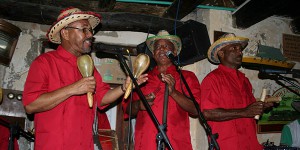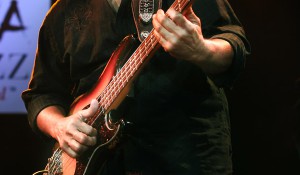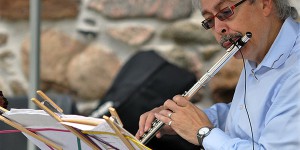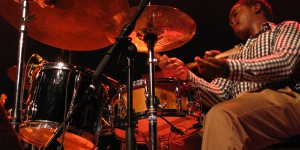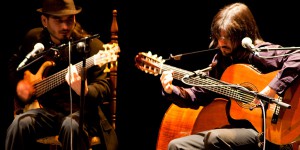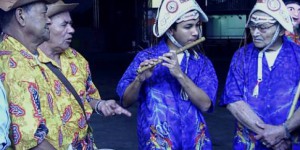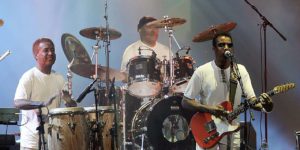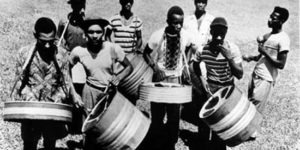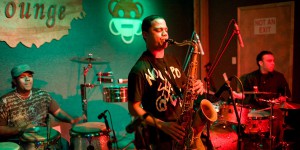Mambo
The mambo sound, often considered the signature sound of Cuban popular music is also the style at the heart of the collection of styles known as “salsa.” Mambo first appeared on the American popular music radar in the 1940s as a dance craze that rapidly swept across the American cultural landscape and beyond.



